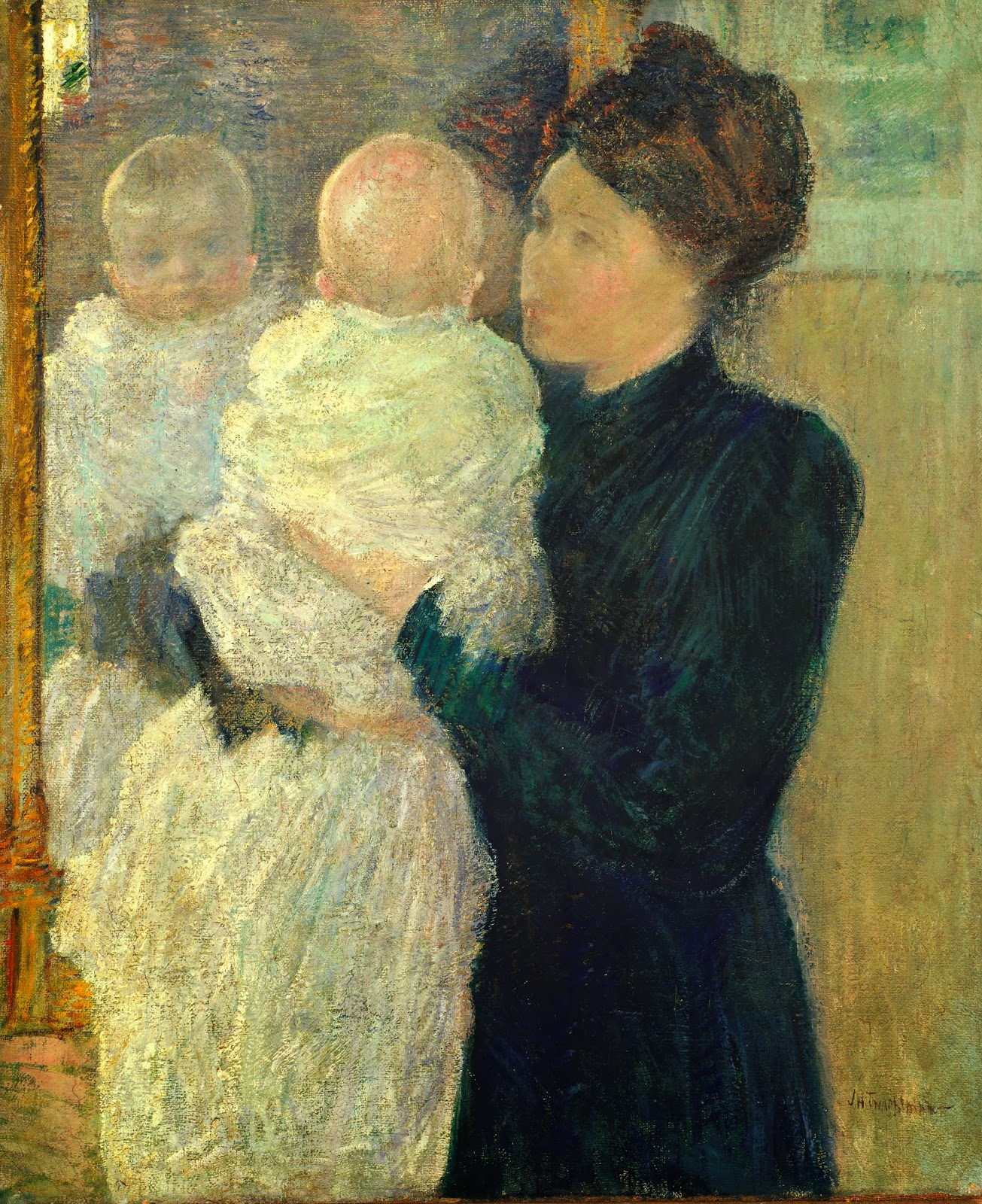Birth to Grandmotherhood: Childrearing in Human Evolution Symposium

Kristen Hawkes and Wenda Trevathan have organized an incredible symposium "Birth to Grandmotherhood: Childrearing in Human Evolution" at the Center for Academic Research and Training in Anthropogeny (CARTA) next month. Sarah Hrdy , Kim Bard , Sue Carter , Barry Hewlett , Hilly Kaplan , and Melvin Konner ! Luckily for me, I will be so riveted by all the other speakers I won't have the chance to get nervous about my talk. The talks are Friday afternoon, February 21st, 2014. Admission is free for this event, but registration is required for each person who will attend. Click here to register & for more information . Best of all, if you can't attend in person, there will be a Live Symposium Webcast (which also requires online registration ).


